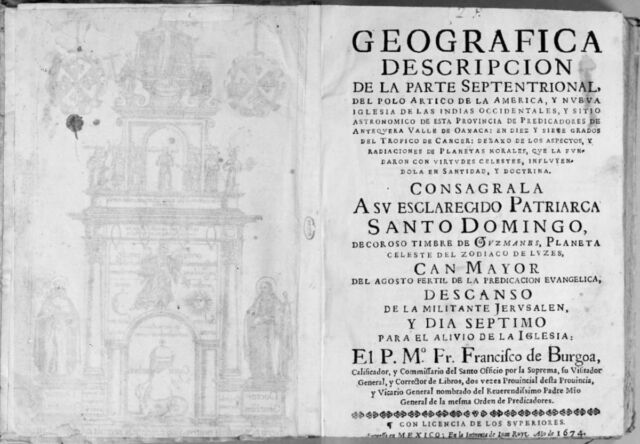

Archaeologists may have found ruins of fabled entrance to Zapotec underworld
source link: https://arstechnica.com/science/2023/07/archaeologists-may-have-found-ruins-of-fabled-entrance-to-zapotec-underworld/
Go to the source link to view the article. You can view the picture content, updated content and better typesetting reading experience. If the link is broken, please click the button below to view the snapshot at that time.
A gateway between the worlds of the living and the dead? —
Archaeologists may have found ruins of fabled entrance to Zapotec underworld
Spanish missionaries deemed Lyobaa to be a "back door to hell" and sealed all entrances.
Jennifer Ouellette - 7/5/2023, 10:07 PM
In 1674, a priest named Francisco de Burgoa published his account of visiting the ruins of the Zapotec city of Mitla in what is now Oaxaca in southern Mexico. He described a vast underground temple with four interconnected chambers, the last of which featured a stone door leading into a deep cavern. The Zapotec believed this to be the entrance to the underworld known as Lyobaa ("place of rest"). Burgoa claimed that Spanish missionaries who explored the ruins sealed all entrances to the temple, and local lore has long held that the entrance lies under the main altar of a Catholic church built over the ruins.
An international team of archaeologists recently announced that they found evidence for this fabled underground labyrinth under the ruins—right where the legends said it should be—after conducting scans of the site using ground penetrating radar (GPR), electrical resistivity tomography (ERT), and seismic noise tomography (SNT). The team also found evidence of an earlier construction stage of a palace located in another part of the site.
Mitla is one of the most significant archaeological sites in Oaxaca Valley. It was an important religious center, serving as a sacred burial site—hence its name, which derives from Mictlan ("place of the dead" or "underworld"). The unique structures at Mitla feature impressively intricate mosaics and geometric designs on all the tombs, panels, friezes, and walls, made with small polished stone pieces fitted together without using mortar.
Spanish soldiers and Christian missionaries began arriving in the valley in the 1520s, and several mentioned the ruins of Mitla in their accounts. Naturally, they interpreted the underground temple as a site for an "evil spirit" and its "demoniacal servants." Burgoa's writing is the most descriptive, detailing how the Zapotec high priest used the palace of the living and the dead. He marveled at the mosaics and skilled construction of the site. And he specifically mentioned four chambers above the ground and four chambers below the ground.
AdvertisementPer Burgoa, the first underground chamber served as a chapel; the second was where the high priests were buried; the third was where the kings were buried, along with their luxurious worldly goods; and the fourth featured a door at the rear which purportedly led to "a dark and gruesome room." A stone slab covered the entrance. "Through this door they threw the bodies of the victims of the great lords and chieftains who had fallen in battle," Burgoa wrote. It seems that certain "zealous prelates" decided to explore the underground structures, carrying lighted torches and using ropes as guides to ensure they didn't get lost. They encountered "putrefaction," foul odors, and "poisonous reptiles," among other horrors.
Once back above ground, the explorers walled up what they considered to be a "back door to hell." An archbishop ordered Mitla destroyed in 1553, and the stone blocks and other rubble were used to build various Spanish Catholic churches, most notably the Church of San Pablo, built right on top of part of the ruins. Several modern explorers subsequently found their way to the ruins at Mitla between 1834 and 1960. Various small underground chambers were discovered during those and later excavations, but nothing that matched Bergoa's description of a vast labyrinthine network of large connected chambers. Still, the legend persisted.
Page:
Recommend
About Joyk
Aggregate valuable and interesting links.
Joyk means Joy of geeK
